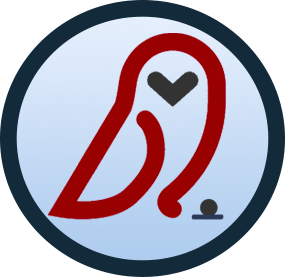Developing email applications on Windows, targeted for Linux environment - email, mailx, sendmail
If you’re developing on a Windows platform for an application targeted for Linux or Unix that deals with email, then this article will be useful. Let us begin by understand the problem. Problem If you are a Java/Spring developer, (developing in Java is platform independent - runs on any platform where a JVM is available) then you have two options in front of you for sending emails from a Java application:
